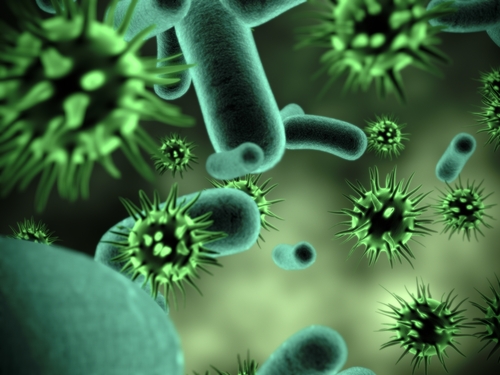 |
1) Laws and regulations: At the federal level, infectious substances in transportation (by air, highway, rail, or water) are regulated by the U.S. Department of Transportation’s (DOT’s) Hazardous Materials Regulations (HMRs) at 49 CFR Parts 171-180. Effective October 1, 2006, the DOT’s Pipeline and Hazardous Materials Safety Administration (PHMSA) issued a Final Rule providing classification criteria and packaging requirements consistent with similar international requirements issued by the United Nations, the International Civil Aviation Organization and the International Maritime Organization for transport of dangerous goods. In addition, many U.S. states also have established regulations that may be more stringent than the federal.
Provide Environmental Training that is painless and be confident your environmental compliance issues are covered. Get it Now.
2) Important definitions:
- Infectious substance: A material known or reasonably expected to contain a pathogen.
- Pathogen: A microorganism (including bacteria, viruses, rickettsiea, parasites, fungi) or other agent, such as a proteinaceous infectious particle (prion), that can cause disease in humans or animals.
- Biological product: A virus, therapeutic serum, toxin, antitoxin, vaccine, blood, blood component, or arsphenamine or derivative of arsphenamine (or any other trivalent arsenic compound) applicable to the prevention, treatment or cure of a disease or condition of human beings or animals.
- Culture: An infectious substance containing a pathogen that is intentionally propagated (but not including human or animal patient specimens).
- Patient specimen: Human or animal materials collected directly from humans or animals and transported for research, diagnosis, investigational activities, or disease treatment or prevention. Specimens include excreta, secreta, blood and blood components, tissue and tissue swabs, body parts, and specimens in transport media such as transwabs, culture media, and blood culture bottles.
- Regulated medical waste, clinical waste or (bio) medical waste: A waste or reusable material derived from medical treatment of a human or animal, including diagnosis and immunization, and biomedical research including production and testing of biological products.
- Sharps: Any object capable of cutting or penetrating skin or packaging material that is contaminated with a pathogen or that may become contaminated with a pathogen through handling or during transport.
- Toxin: A Division 6.1 material from a plant, animal or bacterial source. A toxin containing an infectious substance or contained in an infectious substance is defined as a Division 6.2 material and described as a Category A infectious substance.
- Exceptions: Materials excepted from regulations as Division 6.2 (biological hazard) materials under the HMR and listed in 49 CFR 173.134(b).
Train Better in 2013
Environmental Training Library combines an extensive library of prewritten environmental training materials developed by BLR’s experts. Get it Now.
3) Category A versus Category B substances: The 2006 Rule created a two-tiered classification system for infections substances in transport.
Category A is the highest risk category and covers infectious substances in a form capable of causing permanent disability or life-threatening or fatal disease in otherwise healthy humans or animals when exposure occurs outside of protective packaging. Classification must be based on multiple factors including known medical history or symptoms of the source patient (human or animal) endemic local conditions, or professional judgment of individual circumstances or the source.
Category B covers infectious substances not in a form generally capable of causing permanent disability or life-threatening or fatal disease in otherwise healthy humans or animals when exposure occurs. Examples of Category B infectious substances are those transported for diagnostic or investigational purposes.
4) Proper shipping names and identification numbers: Infectious substances determined to meet Category A requirements must be labeled “UN2814 Infectious Substance Affecting Humans” or UN2900 Infectious Substance Affecting Animals. Substances determined to meet Category B requirements must be labeled “UN3373 Biological Substance, Category B.”
5) Security Plans: Anyone that transports or offers for transport select agents and toxins regulated by the Centers for Disease Control and Prevention (CDC) under 42 CFR Part 73 or by the U.S. Department of Agriculture (USDA) under 9 CFR Part 121 must develop and implement security plans in compliance with Subpart I of Part 172 of the HMR.
